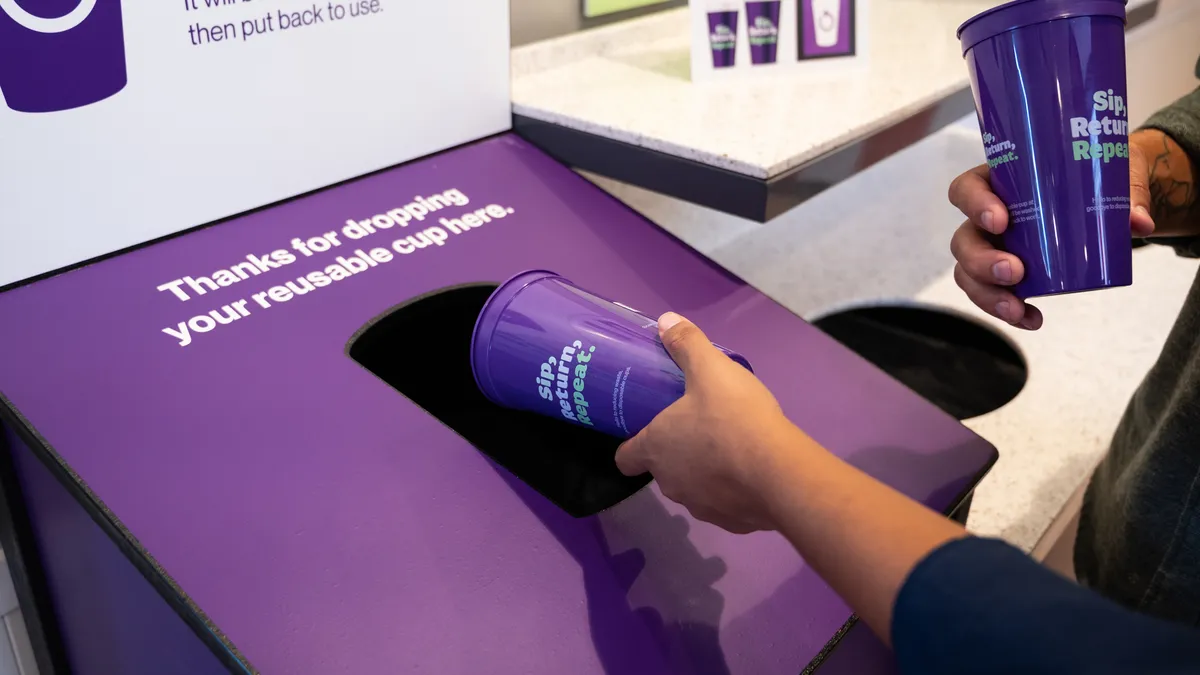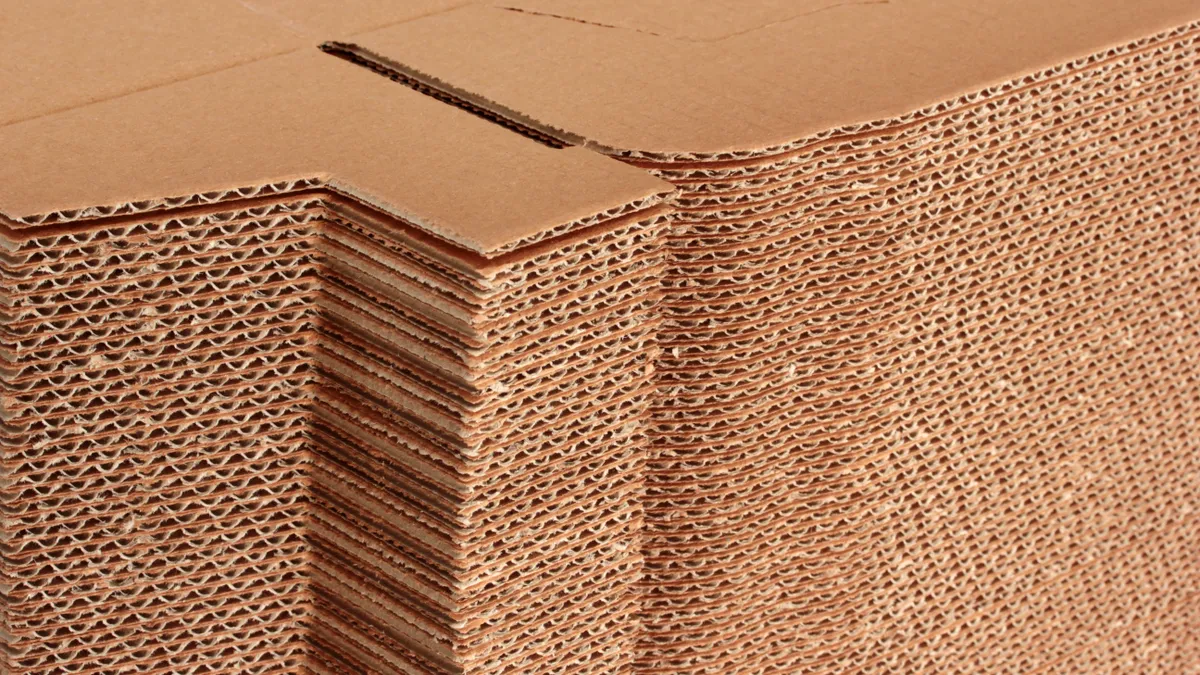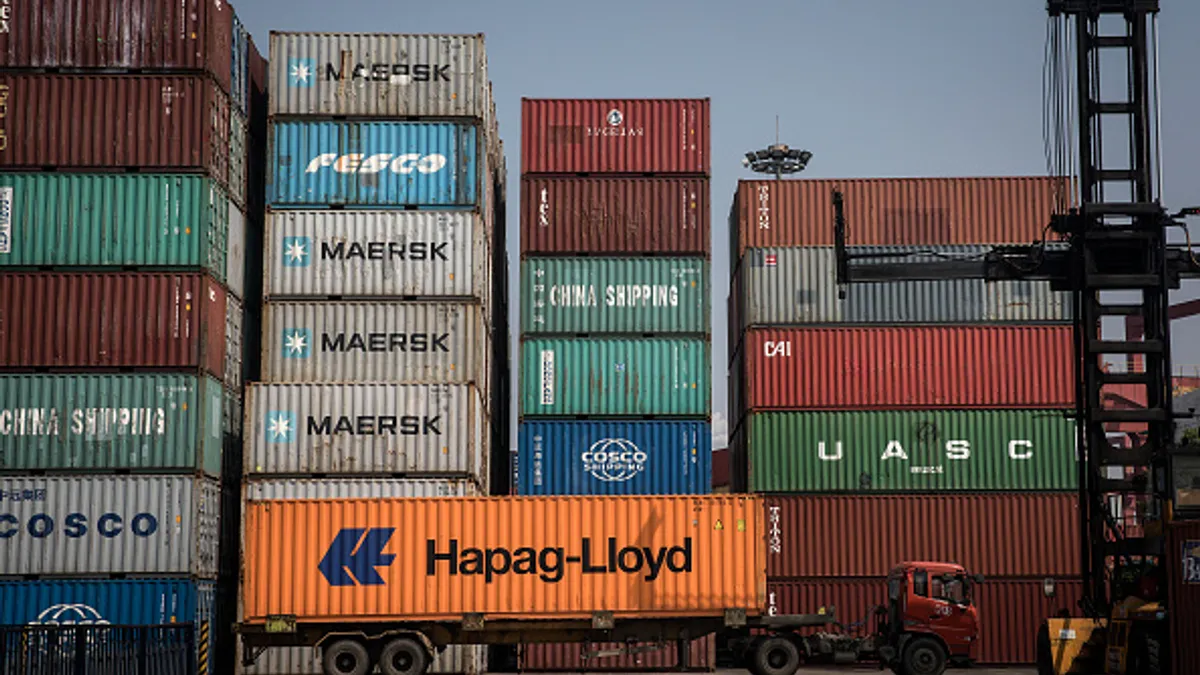Recovered paper demand is expected to grow in North America as MRF equipment advances, OCC fetches higher prices and mills continue to make improvements that prioritize recovered fiber, according to Fastmarkets analysts during a webinar on Tuesday.
OCC prices in North America have stabilized in the last year, in part because of new recycled fiber-based mill capacity that has recently come online. A recent analysis from Jefferies showed July OCC prices were up 114% year over year, averaging around $105 a ton. At the same time, overall recovered paper supplies are tight — a trend analysts are expecting to continue even as recyclers become more adept at recovering higher volumes of cleaner material and mills make adjustments to accommodate more recycled materials in their products.
Here are some takeaways from Fastmarkets’ analysis:
MRF improvements yield more OCC, less mixed paper
As MRF operators continue to upgrade their facilities, optical sorters and artificial intelligence-enabled equipment yield cleaner fiber streams that fetch a higher price from mills, speakers said.
MRFs across North America are investing in these updates, including WM, which plans to invest about $1 billion on about 40 new and upgraded recycling facilities through 2026. Since WM is one of the largest suppliers of recovered fiber in North America, its future plans are an important indicator of where recovered paper trends could go, said Fastmarkets Price Reporter Megan Workman.
WM’s future MRF in Portland, Oregon, is expected to handle 140,000 tons of material a year. “More than 70% of those tons are set to be OCC and mixed paper,” Workman said.
These improvements at WM and other MRFs have helped North American recyclers produce more OCC bales, but as a result, they are producing fewer mixed paper tons, Fastmarket analysts said.
This trend comes at a time when more North American paper producers are adapting their technology to use higher volumes of mixed paper. That tightens mixed paper supply even further, said Hannah Zhao, Fastmarkets’ senior economist for recovered paper.
“However, we believe that the OCC and mixed paper balance or equilibrium will not be static, but dynamic,” she said, noting that both paper producers and recovered paper suppliers adjust their operations according to market dynamics.
Demand from producers expected to continue
New capacity and converted paper machine startups in the last year are consuming higher volumes of both mixed paper and OCC, Workman said. In 2023, she said, five paper machines in North America added 2.4 million tons per year of 100% additional recycled containerboard capacity.
Several major companies announced plant closures in the past few years, including WestRock, now part of Smurfit Westrock, and Graphic Packaging International, but Workman pointed out a broader trend of North American producers prioritizing recycled content as they optimize and consolidate operations across facilities.
“As [producers] close older machines, these newer machines are able to process and take in that mixed paper that years ago, the older machines were not able to,” she said.
For example, Graphic Packaging is expected to start up its 550,000 tons-per-year coated recycled boxboard machine in Waco, Texas, sometime in 2026. Suppliers are already established for that mill, which shows confidence that such large mills will continue to fuel future demand, she said.
Overall, U.S. mills consumed about 16.4 million tons of recovered fiber from January to June of this year, about 1 million more tons compared with the first half of last year, said Workman, citing data from the American Forest & Paper Association. That’s an overall increase of 6.8% year over year.
Increased domestic demand will impact exports
Looking forward, Zhao predicts North American domestic recovered paper demand, especially OCC and mixed paper, will continue to grow alongside expanded mill capacity for such materials.
“Most of the new containerboard capacity will continue to run on recovered paper in the near term and in the medium term,” she said.
Growing domestic demand will mean there will be limited recovered paper available to be exported, she said. OCC supply is already tight in the U.S. due to a lower volume of imports of consumer goods, which arrive in fiber packaging such as corrugated boxes that eventually are recycled. Those imports dropped “significantly” last year, but for the first half of 2024 have increased about 3% year over year, she said.
Overall U.S. OCC exports dropped 13% in 2023, due in part to Asia’s sluggish paper packaging market and weak overall demand for recycled fiber. In the first half of 2024, such exports fell by another 11%, though demand from Mexico and Canada increased.
The global OCC demand and supply balance will become very tight again in the future, Zhao predicted. “Asia will continue to rely heavily on North American recovered paper, especially when the supply of recovered paper from other major exporters, such as Europe, become limited.”
























